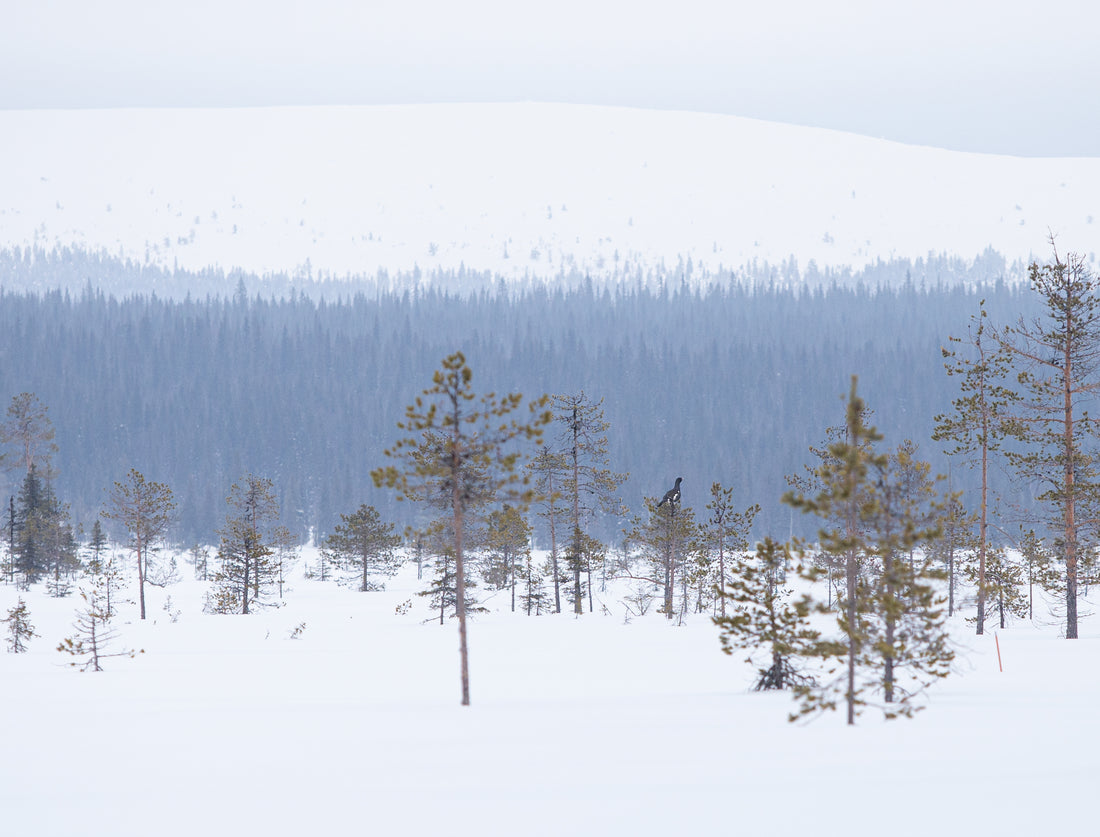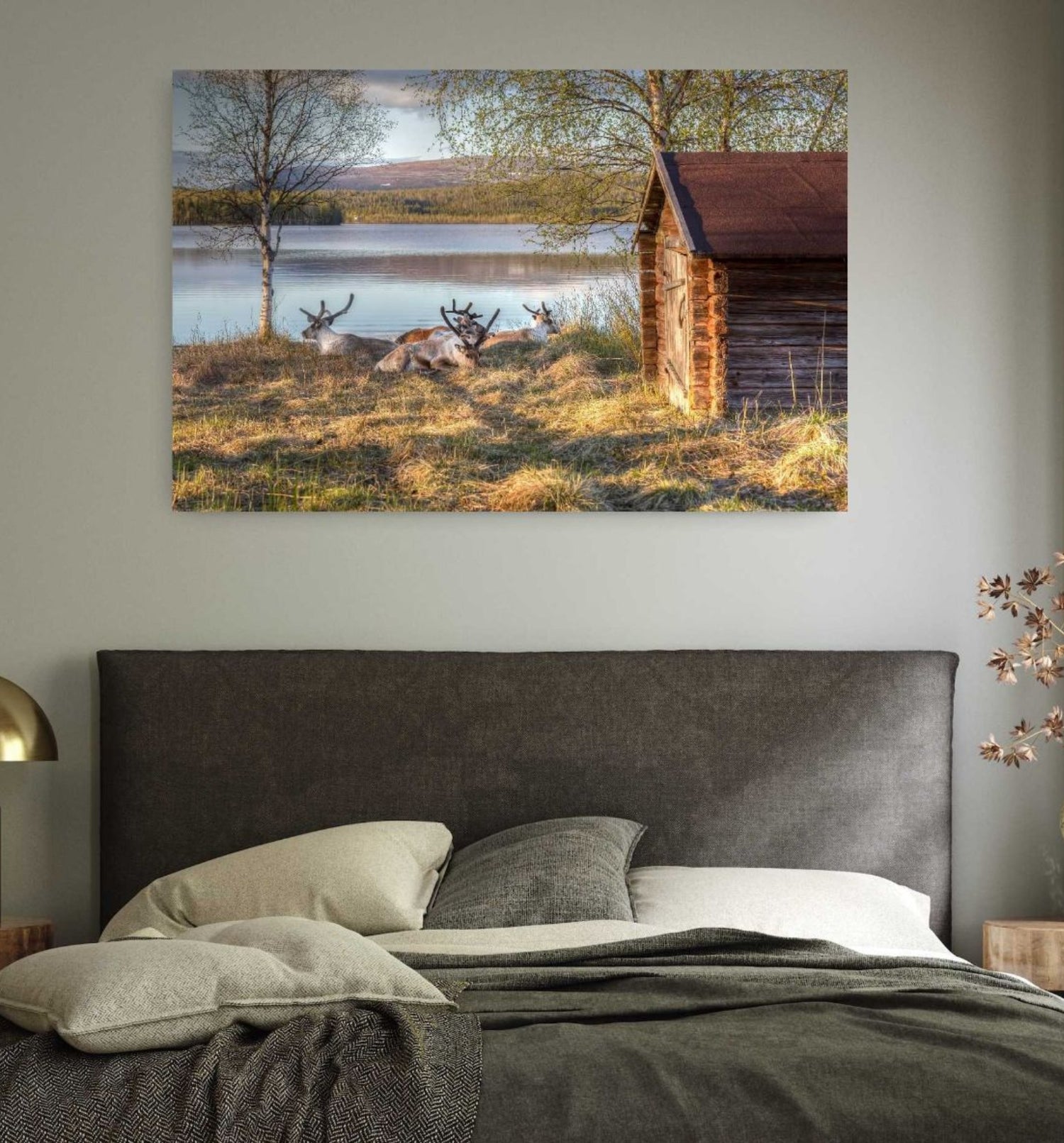
A poor man's Yellowstone
Share
At Lake Pyhäjärvi, it feels cold on the cheekbones when I go to cross the opening marked with branches. For several days, the wind that has been blowing from the south has whipped hard-packed snowdrifts at the northern end of the lake, over which I ski. Ice skaters can be seen on different sides of the lake in small groups. Someone has settled down as a house more permanently and built a shed near Länsiranta, in front of which he sits on his backpack stool.
When approaching the southern shore, the frozen snow waves level off. The wind stays on the lake shore and hopefully it will be at your back on the way back. I take a short break and refuel myself from a thermos bottle.
I'm going to ski an old sledge track running through a spruce forest, on which a heavy layer of snow has accumulated, but the track stands out and the feel of the skis indicates compacted snow. The spruce-forested isthmus begins to gently slope downwards and soon you can glimpse an open marsh between the trees.
Little Molosjänkkä gradually opens into view and Lainotunturi, whose feminine profile I mostly look at from the other side. From the north to the east, the landscape is dominated by Aakenustunturi's long horseshoe-shaped law. A narrow river leaves the small Lainiolompolo and after many bends it empties into Ounasjoki. The pond and the river are under heavy snow and their shapes cannot be distinguished from the terrain.
I'm skiing on the north side of Lompolo on the edge of the forest and I'm looking at the wilderness landscape, which seems quiet. Out of the corner of my eye, I notice a small movement on the ground and I stop. Metso is feeding in the crown of a low pine, about 150 meters from me. I've never seen a forest on winter Scots pines before. This rooster is not some mischievous misfit, but a healthy bird that, as soon as it sees me, takes to its wings and disappears into the spruce trees bordering the grove. I'm going to look at a wood chipper in the forest, under which there are typical chicken droppings. The sparsely branched knapweed is not a champion individual, but the woodpecker chooses its tree according to the taste of its needles, not its appearance.
These areas are also old grasslands. On the other side of the river rises Navettasaajo, which got its name from the fact that the meadow folk from far away brought a cow with them.
You can find an old barn on the river bank and a reindeer cabin on the edge of the forest, dilapidated to the point of being uninhabitable, whose decaying wall logs show names and dates. Familiar names, relatives among them. We have lived here too. When you imagine the conditions under which these wet Yankees must have harvested marsh grass, you can only sigh. Fish from the river for fresh food and milk from the cow that was brought with you for milk.
Lalvavuoma is a bog cut up by forested sajas. Lainioselkä is the only larger forest area. It has always been considered a place where bears live, and when you look at the dark gently rising spruce forest, you can easily believe it.
Due to its difficult navigation, the wide stream has many areas where people rarely move. For me, this wilderness between Aakenus and Ylläs is a poor man's Yellowstone, where there would still be many unexplored sites.

